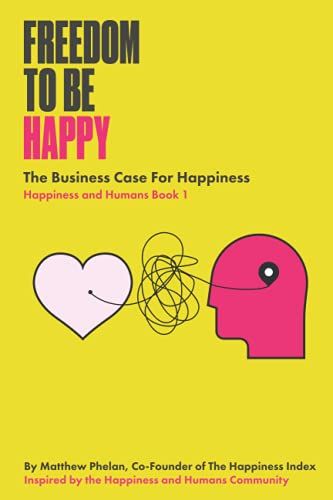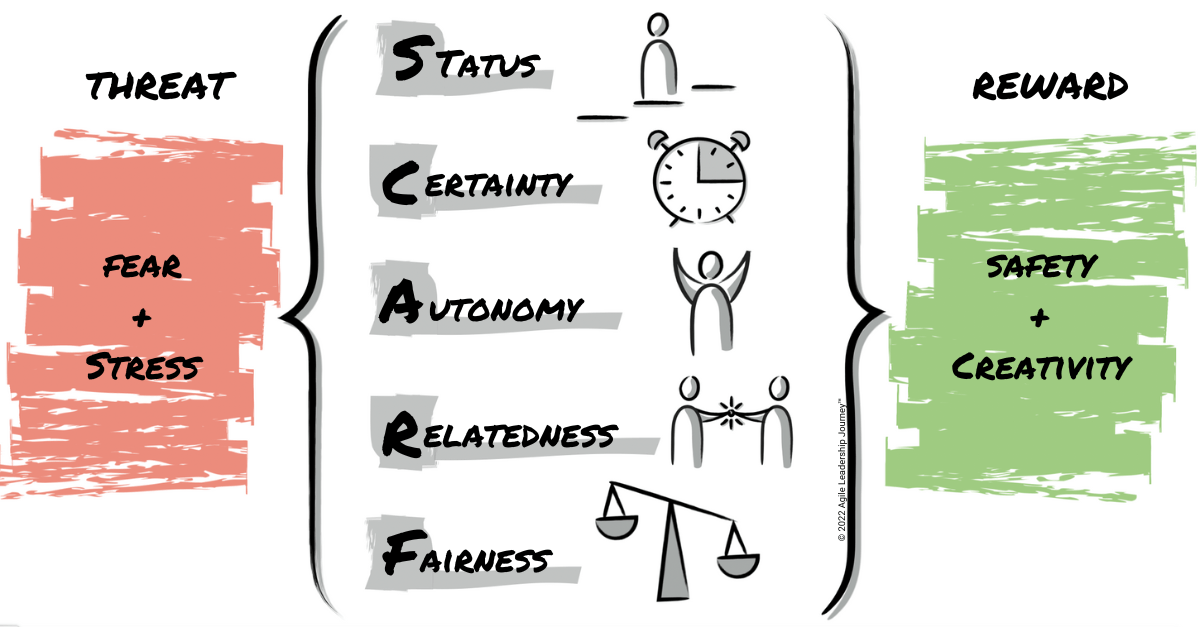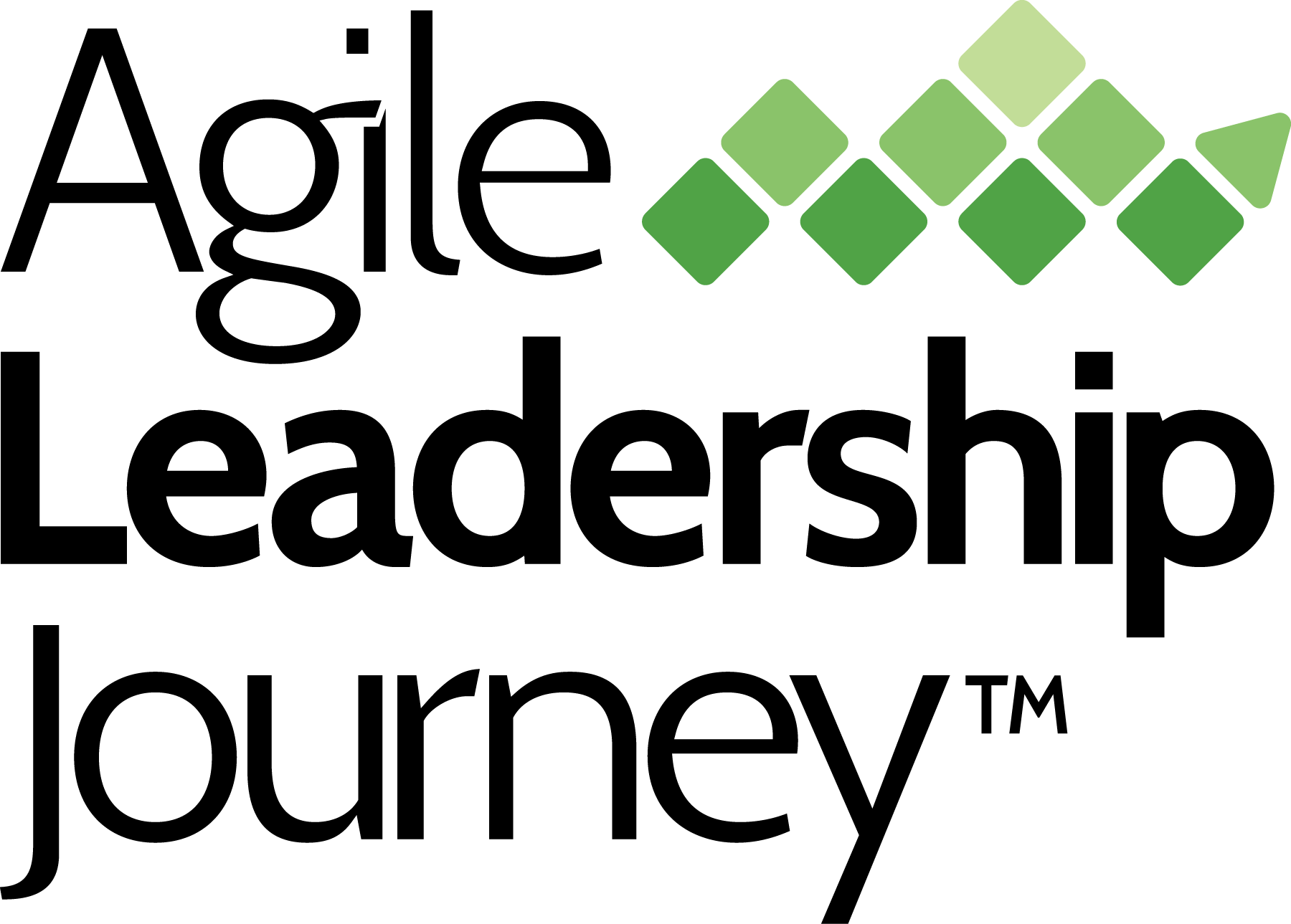Reading — Freedom to Be Happy by Matt Phelan
We host a book club inside our Agile Leadership Journey guide community every six weeks or so. We select a book that feels relevant to our work, lives, and leadership journeys, then we gather to talk about it.
In October, we discussed Matthew Phelan’s Book
Freedom to Be Happy: The Business Case for Happiness.
About Freedom to be Happy, from the book jacket:
“Freedom To Be Happy explores the association between individual happiness and group performance at work.
Employee Engagement needs an upgrade and this book helps move our understanding forward using data, neuroscience and the latest workplace evidence. The book introduces happiness philosophers, reviews the evidence and interviews practitioners on the front line that are building thriving work cultures. The book uses data, neuroscience, quantum physics, academic research in a really accessible, unique, fun, and human way. Subjects include, employee engagement, money and happiness, motivation, happiness, HR, marketing, employee happiness, happiness philosophy, the Stoics, the history of happiness, employee engagement, diversity and inclusion, equality and the future of work.”

What is happiness?
This book was suggested to the community by ALJ Guide Rashmi Fernandes, who led us in the discussion. As the book is steeped in data gathered from the Happiness Institute, Rashmi started off with her own experiment. She asked the group, “What makes YOU happy?” A common (unsurprising) response from our community was “connection.” Interestingly, all the responses were intangible things — experiences and associated activities, such as enjoying live music or being outdoors.
Which led us to a similar conclusion as in the book: money isn’t a core driver of happiness, per se. Having money doesn’t lead to happiness, but the lack of money can create stress, detracting from happiness. In looking at
Maslow’s hierarchy of needs, money can contribute to covering basic needs. After that, money is less of a consideration for happiness.
We tied the presence of money to David Rock’s SCARF (the acronym stands for Status, Certainty, Autonomy, Relatedness, Fairness) model. Money is most certainly a reward within our societal structure, leading people to feel safe when money is present. Access to funds to cover our needs leads to a feeling of certainty and autonomy. But does it also lead to status?

Phelan’s research showed that although we think that the ability to buy stuff will make us happy, that happiness is short-lived. We get used to whatever we bought — a small trinket, a new car, a bigger house — and the happiness we derived from the purchase disappears. What was most interesting is that if we spend money on tangible things, we derive more happiness if we give that stuff away. It turns out that happiness is in the giving. Further, happiness follows if you can satisfy your needs without money.
Our mindset controls 40% of our happiness
According to Phelan’s research, happiness is 50% genetic, and environmental factors influence 10%. The other 40%, he states, is held in the way we think. We acknowledged that some people are bent on being unhappy, and others are committed to a cheery disposition. As a society, we’ve tied judgment to people, labeling the Eeyores of our society as bad and the Tiggers as good.
When it comes to genetics, is it our destiny to be the guy who feels like every day is the “best day ever” or Debbie Downer? Are we genetically predisposed to max out on happiness?
With 40% of our happiness driven by mindset, how you deal with the factors handed to you is a powerful influence. You can’t control genetics and can’t always control your environment, but you can always control how you think.
If the way you think has such a strong influence, how are you using what you have been taught and what tools do you have available? There’s an intersection of environment here, where access to therapeutic modalities such as therapy, acupuncture, and meditation plays a factor. Even so, one still has to create the internal space to heal.
How does all of this translate to business?
Phelan argues that happiness isn’t a “fluffy” metric; employees' happiness influences real outcomes. We were all amazed at the hospital study presented in the book. Two hospitals were compared to each other. With all other things being equal, the hospital with the happier staff had better outcomes and higher survival rates than the other. This is a pretty stark example, where the data shows that happier staff literally saves lives.
While that seems like a solid argument for the influence of happiness in the workplace, someone asked, “Do people actually argue that happiness doesn’t make better employees?” Surprisingly, someone answered yes.
An example provided was in experience working within the financial services industry where output is the priority metric. You either get the job done or you don't; the leadership doesn’t necessarily care if the team is unhappy. The business is still productive and profitable, so a motivator for change is lacking. Based on our learnings from the book, the argument can be made, however, that if they were happier, productivity would increase.
How focused should we be on happiness?
Do we need to be focused on the happiness of our teams 100% of the time? No. But we can look at the company's direction to determine how much attention we give happiness in the short and long term. Sometimes, we need to buckle down and get stuff done without emphasis on happiness. At other times, increasing happiness will be a central focus of the organization. However, not caring about happiness at all is not sustainable.
We know culture influences happiness, but not all cultures are created equally. How can we leverage organizational values to increase happiness?
We focused in on the
Competing Values Framework that we teach in the
Agility in Organizations workshop, the top half focuses on people. In contrast, the bottom half centers around systems. How you develop structures and policies to influence happiness depends on which quadrant you seek to shift.
In a collaborative culture, people are building connections with each other. This environment is naturally conducive to happier teams, as demonstrated throughout the book. In a create culture, happier teams are more inclined to have excitement to build new things. The shift to increase happiness in these people-focused cultures feels easier to obtain than on the opposite side of those polarities.
In a competitive culture, as in the financial industry example above, the team's happiness can take a quick back seat to delivering products to market. Throughout the book, Phelan argues that this position is more short-sighted. In a control culture, processes and plans are detached from emotions, so there may be less room for happiness in a culture that leans this way. In both systems-oriented cultures, when leadership sees how happiness influences core metrics, such as the hospital example, shifting culture to include happiness becomes more desirable if not for the sake of happiness alone but to reduce risk and retain employees, among other benefits.
As with all things, the goal is to find balance within your culture. Ultimately, it’s important to recognize that the team's happiness contributes to the organization's overall success. It’s not everything, but it certainly influences outcomes.
Did Phelan make the business case for happiness? We think so.
Contributors to this discussion
Jesse Fewell, Josh Forman, Tracey Wilson, Charles Fleet, Christina Carlson, Rashmi Fernandes, and Eunice Brownlee.
Next book:
Leading with Heart: 5 Conversations That Unlock Creativity, Purpose, and Results by John Baird and Edward Sullivan






